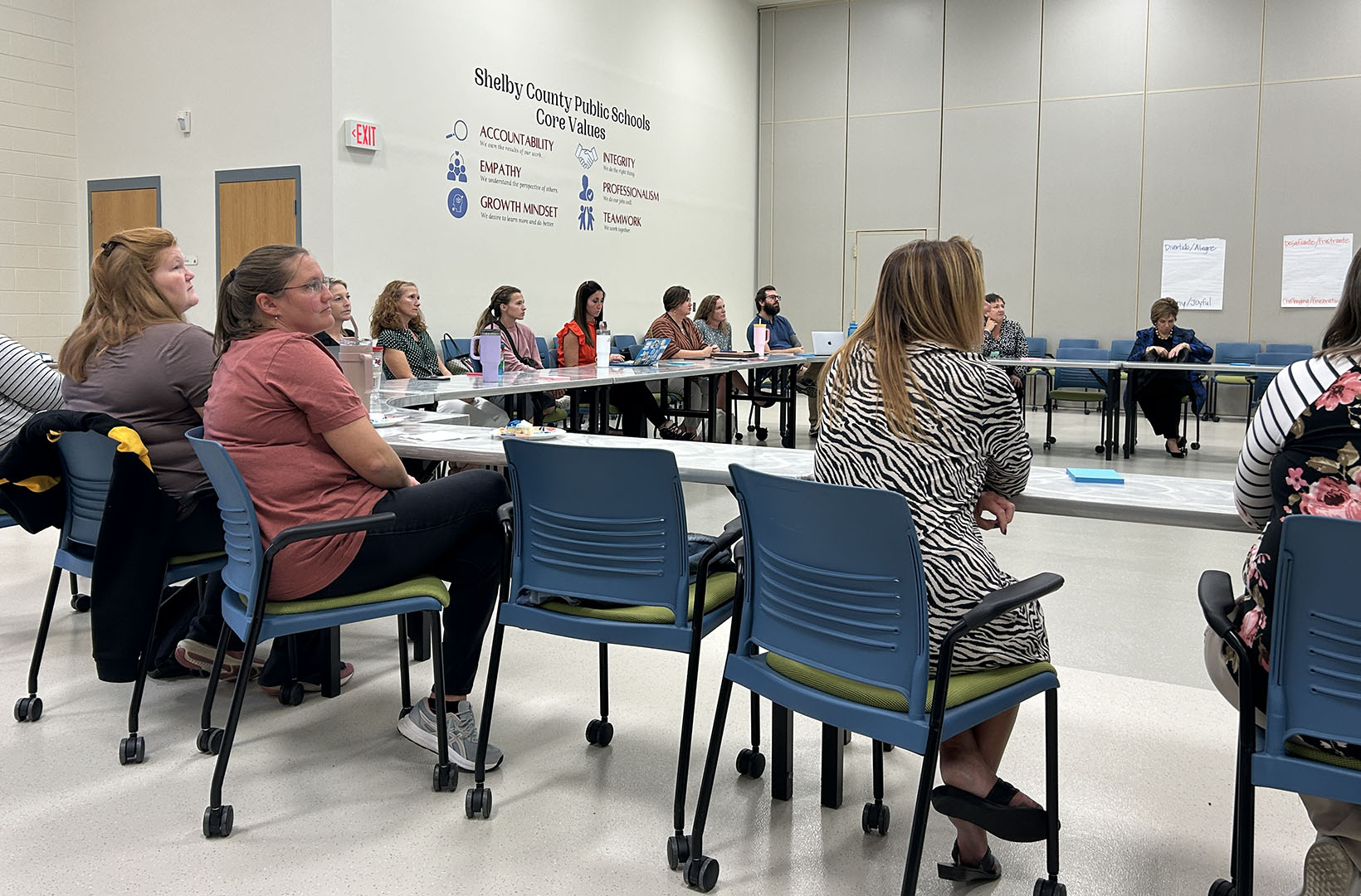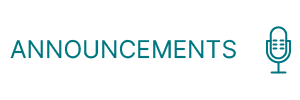By Kelly Bales
kelly.bales2@fayette.kyschools.us
In the summer of 2017, I had the opportunity to travel to Scandinavia with Global Education Allies (GEA), a Utah-based organization designed to connect educators around the globe while fostering an international/global awareness approach to life and education through innovation in the classroom and beyond.
GEA takes an active approach to connecting people and educators globally by hosting and traveling to specific areas in Europe (Finland) and Africa (Rwanda and Uganda). I traveled to Finland and caught a glimpse of the unique ways education is approached in the reform-minded, western country.
In Finland, teachers don’t simply teach and students don’t simply turn in assignments for grades; teachers serve as academic mentors and guide students into areas of research that interest them. Students play an active role in learning 21st century, global skills like critical thinking, collaboration and problem solving.
For example, in one school I visited, myself and other educators were able to speak with students in a question-and-answer session about what they enjoyed about their schools and what they admired the most from their teachers. Students were very candid with us when describing how much they trusted their teachers and how they enjoyed having the options to pursue research that interested them.
The classrooms we visited had an inviting feel to them. Student desks were more ergonomically-friendly and arranged in a seminar manner in many classrooms, which encourages participation and listening to others’ viewpoints as well as seminar-style discussions and debates.
Student artwork was visible throughout the classroom, fostering student pride and ownership of these academic yet personal spaces. In one of the schools visited, I noticed this when I saw “The Woman in Gold” by Gustav Klimt painted on a chair in one of the classrooms. This was a student’s contribution to the creativity and vibe of the Finnish classroom, which is also usually lacking in standardized, nondescript U.S. classrooms.
Another standout feature of the schools we visited was the amount of time allotted for non-instructional time, or time for kids to be kids. This time most often focused on physical activities, such as soccer, kickball, skiing, or basketball. In the Finnish educational system, time is allotted each day for physical activity to lessen the chance of students spending the day at a desk and chair.
In one school, our group of U.S. educators played a soccer match with the Finnish students near the playground. Though our skills did not match our Finnish counterparts, we were nonetheless relaxed and entertained. The kids, likewise, used skills like teamwork and communication to put forth their best effort.
Another salient feature of the Finnish education system is the role and status of teachers. Teachers in Finland have a famed reputation and are given the same status as doctors or lawyers. The requirements to become a teacher are strict. To even gain admittance into one of the preparation programs, prospective teachers must take multi-day, intensive exams, which start the weeding out process. If they pass, then these future teachers are then required to earn a master’s degree before they can move on to the job sector.
In the U.S., on the other hand, teacher education programs generally are not as strict for admittance and the focus of these programs does not usually involve the idea of teachers as model citizens in a thriving, yet culturally diverse, democracy.
After leaving Finland, I wanted to bring back some of the skills used in Finnish classrooms to my own classroom in central Kentucky. The question was how would I be able to incorporate what I witnessed there into my diverse classroom in Lexington? How could I gradually incorporate critical thinking, problem solving, collaboration or a global/civic mindedness into my world history classes? How could I foster these skills with my students in a way that makes them more a stakeholder in their education and yet make them enjoy it at the same time?
When I was a student, I did many of the same things students do today in class; I took notes and did an assessment that the teacher had given to the entire class. There was no differentiation and there was no room for curiosity or problem solving. Learning, as a result, was somewhat tedious and predictable. As a 21st century high school teacher, I have found these same methods are neither practical nor effective for my students. As a result, I have turned to some of the methods and manners used in Finland to reach more of my students.
For example, students in my world history classes were introduced to the Industrial Revolution and its impacts on western society. As part of the learning process, my class collaborated with students in business classes to discuss the importance of the assembly line. Rather than simply explaining how much more efficient it is to have a specific person for each part of the process, students were assigned roles in a peanut butter and jelly sandwich factory system.
When each student was assigned a role in the process, they also were shown how essential and vital their role was in the overall process. If a student got off track or was too slow, it was obvious to the others on the assembly line as the sandwich-making process was slowed down or stopped completely.
While collaboration between departments may be challenging to do often, other 21st-century skills can be used. Many of my students have trouble thinking critically on their own and often won’t go beyond the basic recall information of a topic or event. I have intentionally looked to other methods to reach my students this year.
Lately, my focus has been on the civic role citizens play in modern America. I start off asking basic information to my class, such as whose job is it to make sure your needs are taken care of? This naturally leads to discussion from my students, even those who do not usually speak up. I often hear many opinion-dominated answers, which is what I want since it will lead to further discussion.
To carry this idea even further, I will be using project-based learning in my classroom when my students will be asked to examine the role of censorship during the wars – most notably the World War II and the Cold War – and determining the level of “success” censorship plays in times of national conflict. Students will be required to read about a banned or highly censored book, song, poem or group. Students then will be required to write an essay addressing the impacts of the banned item and finally, they will take part in a mock trial that focuses on the banned piece of work.
In this way, students will have an active and meaningful role in this area and concept of a democratic nation like the United States in a time of chaos and war. This activity will put in play the ideas of total war, censorship, and what happens to citizens’ rights and liberties in times of war.
While I had many positive takeaways from my time in Finland, the most salient has been how my trip has changed the way I teach in my own classroom. Whether it’s changing the way class begins (like making predictions about which countries will explore the African continent during bell work), or the way notes are taken (questions posed instead of guided notes), or the way to assess my students (now turning to the students to create their own assessments in a choice format), I have purposefully tried to incorporate 21st-century skills in my classroom.
Like my students, I learn best when I see others do the task. Going to Finland has definitely changed the way I approach education and learning styles in the classroom. I am now trying to point my students in the best-for-them direction for learning and not simply teaching them. This process will not be done overnight. It will be a gradual process, but one with many rewards and challenges.
Kelly Bales is a social studies teacher at Tates Creek High School (Fayette County).



Leave A Comment